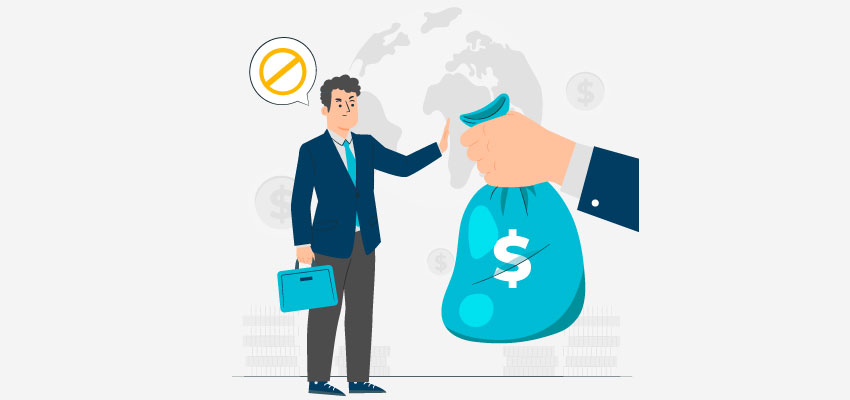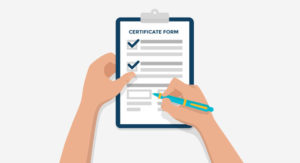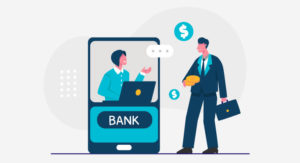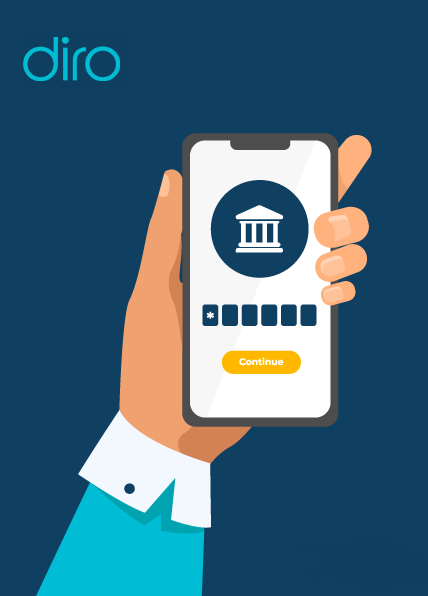How to Protect the Underbanked from Online Fraud?
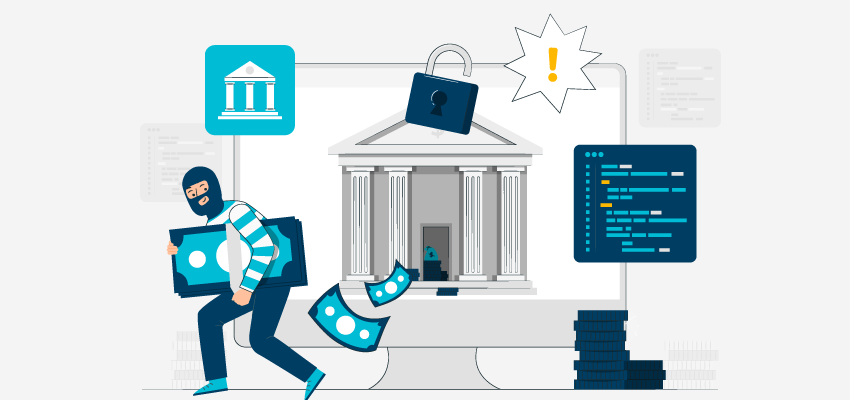
Millions across the globe use digital banking services every day. But there’s an even bigger portion that has limited access to basic banking services, let alone the digital one. This segment is known as underbanked. To make the underbanked transition to digital banking and normal banking is a huge challenge.
Digital banking opens the doors for the underserved to basic banking services, it also opens doors to online banking risks. It falls onto the banks to take a multi-step approach to protect users from fraud.
In this blog, we’ll talk about how to protect the underbanked from online fraud.
Who Is the Underbanked Population?
The underbanked as the name suggests are individuals that have limited access to banking services. Most underbanked individuals do have a basic bank account, they usually have an alternative financial service.
There can be multiple reasons that can make a user underbanked, such as low income, geographical isolation, distrust of financial institutions, or a lack of understanding of financial products. In many cases, underbanked populations are found in rural or economically disadvantaged urban areas where access to physical bank branches is limited.
For the underbanked, transitioning to digital banking offers an opportunity for inclusion, providing easier access to money transfers, bill payments, and savings options.
Steps to Improve Financial Literacy in Underbanked Areas
Improving financial literacy is one of the most effective ways to protect the underbanked from online fraud.
When people have a better understanding of basic financial principles, they are more equipped to recognize suspicious activity, avoid scams, and manage their money responsibly.
Here are several steps that can be taken to enhance financial literacy in underbanked areas:
1. Community Workshops
Hosting financial education workshops in local communities, particularly in underbanked regions, can help spread awareness of essential financial concepts.
These workshops can cover topics such as budgeting, managing bank accounts, online document verification, financial fraud, and understanding the risks of alternative financial services. Local banks, credit unions, and nonprofits can collaborate to provide resources and training to community members.
2. Partnering with Local Schools
Educating young people early on about personal finance can have long-term benefits. By partnering with schools in underbanked areas, financial literacy programs can be integrated into the curriculum.
This way, students learn about money management, saving, and financial planning, which they can pass on to their families.
3. Mobile Education Platforms
Given the widespread use of smartphones, mobile apps can be a powerful tool for promoting financial literacy.
Developing user-friendly apps that teach basic financial skills, along with tips to recognize online fraud, can be particularly effective in reaching the underbanked.
4. Collaborating with Employers
Employers can play a role by offering financial education as part of employee benefits, especially for workers in industries where wages are lower, and financial services are less accessible.
Workshops, seminars, or even informational newsletters distributed through workplaces can help improve financial literacy.
Teaching About Digital Banking
Transitioning the underbanked into digital banking systems is essential for their financial inclusion, but it must be done carefully.
Teaching the underbanked about digital banking requires a balance between convenience and security. Without proper guidance, users may not understand how to keep their accounts safe, making them prime targets for online fraud.
1. Start with the Basics
It’s important to teach the basics of digital banking before delving into advanced features like mobile payments or online investments.
This includes how to set up and manage online accounts, understanding account balances, tracking transactions, and knowing how to contact customer service.
2. Explaining Digital Transactions
Underbanked individuals may not be familiar with how digital transactions work. They should be educated on the various ways they can transfer money safely, such as using bank apps, money transfer services, or payment platforms like PayPal.
More importantly, they should learn to recognize red flags, like unexpected requests for account details or unauthorized transactions.
3. Password Management
One of the simplest ways to protect online accounts is by using strong passwords. Underbanked populations must be taught how to create secure passwords, change them regularly, and never share them with anyone.
The concept of two-factor authentication (2FA) can also be introduced, showing users how to add an extra layer of security to their accounts.
4. Avoiding Phishing Scams
Teaching users how to recognize phishing emails and fake websites is a critical component of digital banking education.
Scammers often use emails or text messages to trick users into providing their personal information. People must be instructed never to click on suspicious links or share their bank details over email or phone.
Common Steps to Prevent Online Fraud
Once financial literacy and digital banking basics are in place, further measures should be taken to actively prevent online fraud. These common steps can help protect the underbanked as they become more engaged in digital financial services:
1. Fraud Alerts and Notifications
Many banks and payment apps allow users to set up fraud alerts or transaction notifications. Underbanked individuals should be encouraged to enable these features, as they provide real-time updates on account activity and can quickly flag any suspicious behavior.
2. Secure Internet Connections
Emphasizing the importance of using secure Wi-Fi networks, particularly when accessing online banking platforms, is essential. Public Wi-Fi, while convenient, can expose users to hackers. Teaching users to avoid conducting financial transactions on open networks can significantly reduce fraud risks.
3. Regular Monitoring of Accounts
Encouraging regular monitoring of account balances and transaction histories can help detect fraud early. If underbanked individuals check their accounts frequently, they are more likely to notice unusual charges and report them immediately.
4. Using Verified Apps and Websites
One of the simplest but often overlooked fraud prevention tips is to only use verified banking apps and websites. Many fraudsters set up fake banking apps or websites to steal personal information.
Teaching the underbanked to download apps directly from trusted app stores and to always type the correct URL for online banking sites can prevent many scams.
5. Reporting Fraud Immediately
Lastly, it’s crucial to educate users on the importance of reporting fraud as soon as it occurs. The faster fraud is reported to the bank or the authorities, the greater the chances of recovering lost funds and preventing further theft.
Conclusion
The digital era holds incredible potential to increase financial inclusion for the underbanked, providing them with greater access to financial services and opportunities.
However, with this transition comes the responsibility to protect these individuals from online fraud. By improving financial literacy, teaching the fundamentals of digital banking, and sharing practical steps to prevent fraud, we can help safeguard the underbanked from the dangers of the online financial world.
Financial education and preventive strategies will empower the underbanked to navigate digital banking confidently and securely, ensuring they can reap the full benefits of financial inclusion.




